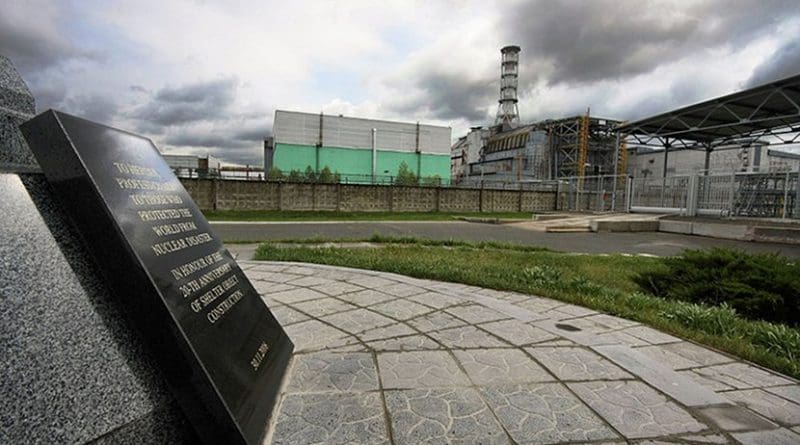Crops Near Chernobyl Still Contaminated
Crops grown near Chernobyl are still contaminated due to the 1986 nuclear accident, new research shows.
Scientists analysed grains including wheat, rye, oats and barley and found concentrations of radioactive isotopes – strontium 90 and/or caesium 137 – above Ukraine’s official safe limits in almost half of samples.
The researchers also examined wood samples and found three quarters contained strontium 90 concentrations above Ukrainian limits for firewood.
The study was carried out by the Greenpeace Research Laboratories at the University of Exeter and the Ukrainian Institute of Agricultural Radiology.
“We focussed on strontium 90 because it is known to be currently present in soil mostly in bioavailable form, meaning it can be taken up by plants,” said lead author Dr Iryna Labunska, of the Greenpeace Research Laboratories at the University of Exeter.
“Ukrainian government monitoring of goods containing strontium 90 ended in 2013, but our study clearly shows this needs to continue.
“People need to be aware of the ongoing contamination of soil and plants, and they need to be advised on the safest agricultural and remediation methods.
“We found very high levels of strontium 90 in wood ash – yet many people still use ash from their fires as a crop fertiliser.”
Dr David Santillo, also of the Greenpeace Research Laboratories, added: “Our findings point to ongoing contamination and human exposure, compounded by lack of official routine monitoring.
“This research also highlights the potential for Chernobyl-derived radiation to be spread more widely again as more and more wood is used for power generation in the region.”
The study analysed 116 grain samples collected during 2011-19 from fields in 13 settlements in the Ivankiv district of Ukraine – about 50km south of the power plant and outside its “exclusion zone”.
Wood samples – mostly pine – were collected from 12 locations in the same district during 2015-19.
Professor Valery Kashparov, Director of the Ukrainian Institute of Agricultural Radiology, added: “Contamination of grain and wood grown in the Ivankiv district remains of major concern and deserves further urgent investigation.
“Similarly, further research is urgently needed to assess the effects of the Ivankiv TPP on the environment and local residents, which still remain mostly unknown.”
In a previous study, the researchers found that milk in parts of Ukraine had radioactivity levels up to five times over the country’s official safe limit.

